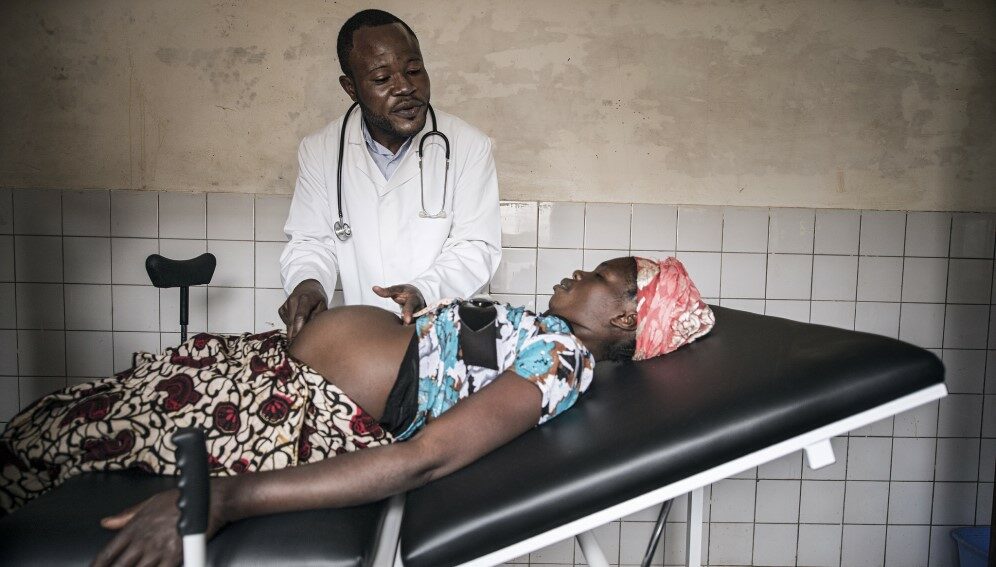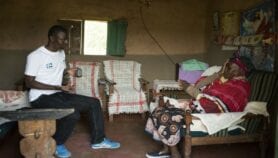11/02/22
Telehealth could ‘break barriers’ to antenatal care

By: Francis Kokutse
Send to a friend
The details you provide on this page will not be used to send unsolicited email, and will not be sold to a 3rd party. See privacy policy.
[ACCRA] Telemedicine should be used to increase access to routine care delivered to expectant mothers from the time they conceive to the onset of labour in resource-limited settings, a Ghana-based study suggests.
The World Health Organization recommends a minimum of eight contacts with antenatal care services to enable pregnant women to adequately prepare for the delivery process and avoid complications, with the first of these considered to be critical.
According to the study published last month in BMC Pregnancy and Childbirth, the proportion of mothers in Ghana who had a minimum of four to seven antenatal care visits increased from 49.3 per cent in 2006 to 58.6 per cent in 2017-2018.
“Telehealth services allow patients or clients to access health education and support for self-management.”
Jerry John Nutor University of California, San Francisco
But researchers suggest the exchange of medical information from one site to another via electronic communications — also called telemedicine or telehealth — could augment this trend.
“Telehealth services allow patients or clients to access health education and support for self-management through the internet, via their home computers or wireless or mobile devices,” says Jerry John Nutor, a co-author of the study and assistant professor of nursing at the University of California, San Francisco in the United States.
“Patients can obtain personalised education materials and coaching and may participate in online discussions and support groups as additional means of managing their health.”
He adds that telemedicine approaches in maternal care delivery can break barriers associated with long travel distances and travel costs which are issues affecting the level of antenatal service uptake in low- and middle-income countries.
“These can break the rural-urban gap and ensure the availability of essential services that can help with early identification of problems and resolution before it gets worse,” he explains.
Nutor says some expectant mothers fear visiting healthcare facilities to use available services amid the continuing COVID-19 pandemic, making the use of telemedicine timely.
The study, which is based on data on women aged 15- to 49-years-old during 2006, 2011, and 2017-2018, identifies the existence of rural-urban and regional discrepancies, with those residing in Ghana’s Upper West Region having consistently higher likelihood of optimal antenatal care visits.
“We envisioned that with information regarding regional trends across the country, it will be possible to formulate context-specific policies towards improving antenatal utilisation culminating into improved coverage across the country,” Nutor says.
Tuyi Mebawondu-Olowu, a physician and chief executive officer of Medway Health Limited in Nigeria, tells SciDev.Net that the study’s focus on examining factors that influence the number of antenatal visits is key to addressing maternal health issues in Ghana and other countries in Sub-Saharan Africa.
“We see factors like education level, poverty, area of domicile, and access to health insurance as positive for increased antenatal visits,” says Mebawondu-Olowu.
Mebawondu-Olowu adds inadequate healthcare workers in Sub-Saharan Africa imposes a great responsibility on policymakers to explore technology in delivering health interventions to hard-to-reach populations.
He says better internet penetration and access is needed, especially in rural areas, to enable more women to use telemedicine to access antenatal care services.
This piece was produced by SciDev.Net’s Sub-Saharan Africa English desk.















